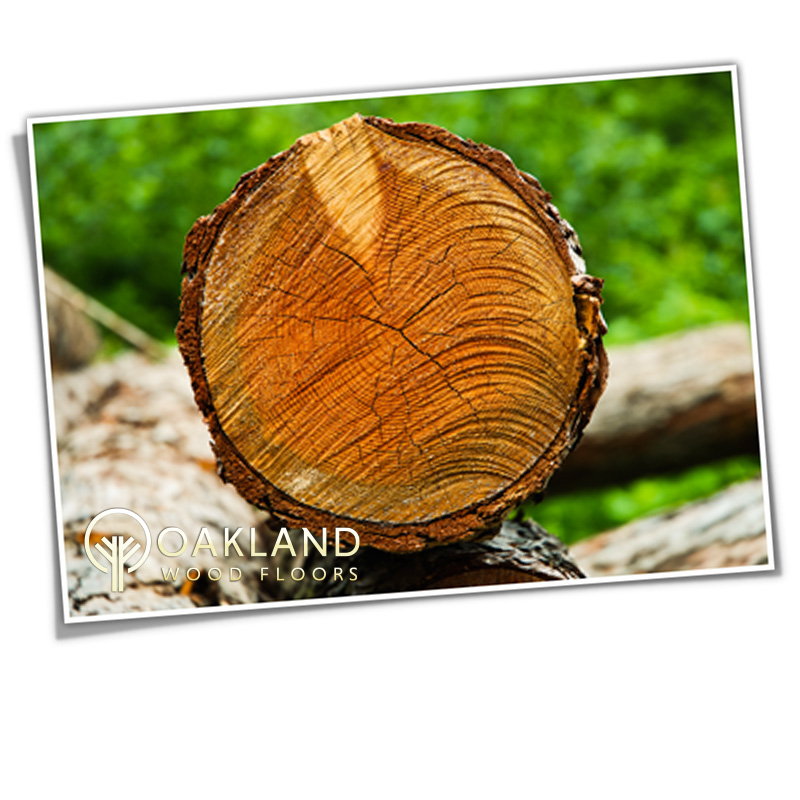 When a tree is just a sapling, its structure is far less complex than what it will grow to be at maturity. All of its parts play a role in sap conduction, a tree's method of producing and transporting food for itself. Once the little sapling gets to be a bit bigger, the whole trunk is no longer needed for transporting sap. Instead, the vascular tissue is reserved for the outer layer of the tree, and the old sapwood becomes the heartwood. During this transition, materials called extractives form in the cell wall. These extractives cause the richest colors of the different species of wood – creating that perfect look for your wood floors. Not all extractives have pigmentation, however. They can reduce permeability in some species, slowing down the drying process and rendering chemicals unable to enter. It also generally makes the heartwood a bit denser, which can be useful in certain flooring projects.
When a tree is just a sapling, its structure is far less complex than what it will grow to be at maturity. All of its parts play a role in sap conduction, a tree's method of producing and transporting food for itself. Once the little sapling gets to be a bit bigger, the whole trunk is no longer needed for transporting sap. Instead, the vascular tissue is reserved for the outer layer of the tree, and the old sapwood becomes the heartwood. During this transition, materials called extractives form in the cell wall. These extractives cause the richest colors of the different species of wood – creating that perfect look for your wood floors. Not all extractives have pigmentation, however. They can reduce permeability in some species, slowing down the drying process and rendering chemicals unable to enter. It also generally makes the heartwood a bit denser, which can be useful in certain flooring projects.
So where are these parts in the tree? From the outside going in toward the center, the layers are as follows: bark, sapwood, pith, and lastly, the heartwood. As mentioned, the heartwood is the center of the tree and is generally a darker and more unique color than the sapwood. You might want to consider using the heartwood if you prefer a richer tone for your wood flooring. The sapwood can be found on the outer ring of the tree, and is generally white or creamy-yellow. Using this part for a hardwood floor would work well in small areas. Wood generally gets darker as it progresses  inward toward the heartwood. Since the heartwood is the majority of the tree, it is usually used for furniture since sapwood can often distract and take away from uniformity, although it can be used for aesthetic purposes or flooring. It is not recommended to use sapwood for outdoor use as it is more prone to fungi, insect attack, and rot but inside your home this hardwood floor will give you peace with its warm, natural color.
inward toward the heartwood. Since the heartwood is the majority of the tree, it is usually used for furniture since sapwood can often distract and take away from uniformity, although it can be used for aesthetic purposes or flooring. It is not recommended to use sapwood for outdoor use as it is more prone to fungi, insect attack, and rot but inside your home this hardwood floor will give you peace with its warm, natural color.
As new sapwood grows each year, so does the tree. The rings of sapwood cause a great amount of girth development in a tree. This heartwood to sapwood ratio can also vary greatly depending on species.



